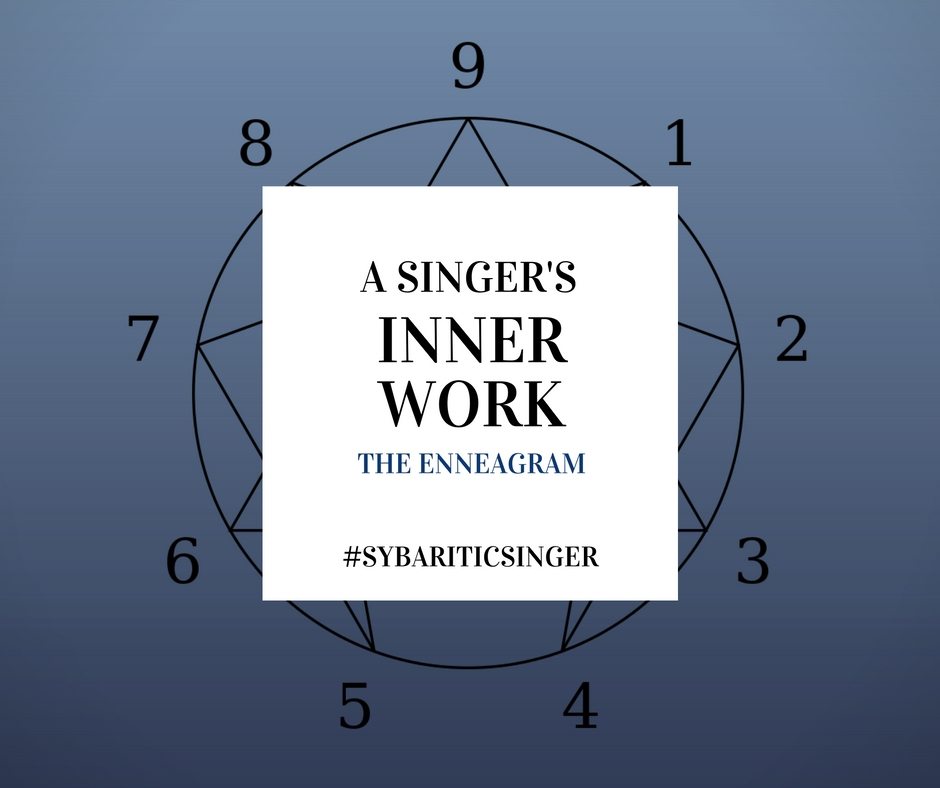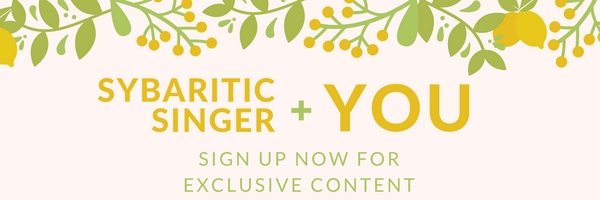In the next few posts we’ll be diving deep into getting to know ourselves. Searching out our deeply held convictions, personality styles, motivations, and more. The idea being that the more you know about how you approach the world the stronger you will be in the face of life’s toughest experiences. Plus, a better understanding of your basic fears and desires can help you become more resilient in the march towards your goals. We’ll kick off this inner work research with The Enneagram.
The Enneagram
The Enneagram is comprised as a set of nine distinct personality types. Each number on the Enneagram symbol denoting one type. Your basic personality type stands out among the nine; but, it is normal to find your personality including a little of each of the nine types. [Note: The quotes in this post all come directly from the Enneagram Institute.]
Riso-Hudson Type Names
After taking the quiz, you’ll be giving a number and a one-word descriptor that helps categorize the different personality types. Those descriptors, in numerical order, include: The Reformer, The Helper, The Achiever, The Individualist, The Investigator, The Loyalist, The Enthusiast, The Challenger, The Peacemaker.
Type One is principled, purposeful, self-controlled, and perfectionistic.
Type Two is generous, demonstrative, people-pleasing, and possessive.
Type Three is adaptable, excelling, driven, and image-conscious.
Type Four is expressive, dramatic, self-absorbed, and temperamental.
Type Five is perceptive, innovative, secretive, and isolated.
Type Six is engaging, responsible, anxious, and suspicious.
Type Seven is spontaneous, versatile, acquisitive, and scattered.
Type Eight is self-confident, decisive, willful, and confrontational.
Type Nine is receptive, reassuring, complacent, and resigned.
You may already be able to see why having a better understanding of your basic personality type may give you insight into your musical career not to mention your day-to-day life.
What is so helpful about the Enneagram is the nuance and subtlety that it is able to parse out in each personality type. The 144 question test goes beyond just putting you into a specific dominant personality. It helps answer questions about the emotional center, the dominant emotion of each center, and the two personality types adjacent to your basic personality type.
Levels of Development
As part of your results, there is a section devoted to levels of development for your personality types. “That structure is the continuum of behaviors, attitudes, defenses, and motivations formed by the nine Levels of Development which make up the personality type itself.”
The Levels of Development provide a framework for seeing how all of the different traits that comprise each type fit into a large whole; they are a way of conceptualizing the underlying “skeletal” structure of each type. Without the Levels, the types can seem to be an arbitrary collection of unrelated traits, with contradictory behaviors and attitudes often part of the picture. But by understanding the Levels for each type, one can see how all of the traits are interrelated—and how healthy traits can deteriorate into average traits and possibly into unhealthy ones. As pioneering consciousness philosopher Ken Wilber has noted, without the Levels, the Enneagram is reduced to a “horizontal” set of nine discrete categories. By including the Levels, however, a “vertical” dimension is added that not only reflects the complexity of human nature, but goes far in explaining many different, important elements within personality.
After that section, you’ll read a bit about your direction of integration (growth) or direction of disintegration (stress.) This part helps us discover the shift in our personality when we’re experiencing growth or stress.
The Subtypes
Finally, you’ll look at your subtypes. The subtypes are split into three categories: self-preservation instinct, sexual instinct, and social instinct.
Which Instinct is in each of these three places—most, middle, and least developed—produces what we call our “Instinctual Stack” (like a three-layer cake) with your dominant Instinct on top, the next most developed Instinct in the middle, and the least developed on the bottom).
Show Your (Inner) Work
I was blown away with the results after taking my own Riso-Hudson Enneagram Type Indicator. As I was taking the questionnaire, there were certain questions when I felt, “ugh, these are the same to me. I can’t pick one over the other. I bet this won’t be very spot on when I finish.” Boy, was I wrong! The Levels of Development for my type was such an eye-opening process. One in which I kept saying, “Yes! Exactly!”
Divas, your inner work invitation for the day is to simply set aside the time and the $12 (I am not an affiliate or otherwise connected to this organization) it takes to go through the Riso-Hudson Enneagram Type Indicator. Please feel free to share your thoughts and your types in the comments below. Or, as always, hit me up on Twitter! I’m @mezzoihnen.
Let Me Be Your Diva Sidekick!
All this month I will be sending out exclusive content to the email list. Take a moment to sign up now so you can receive things like:
- Self-care for musicians
- Discovering your multiple intelligences
- Tackling your cognitive biases
- Vulnerability in life and on stage
- Blasting out of your thought ruts
I hope you’ll sign up here or just click the image above. Make sure to select the “Sybaritic Singer” option under “pick your news.”


